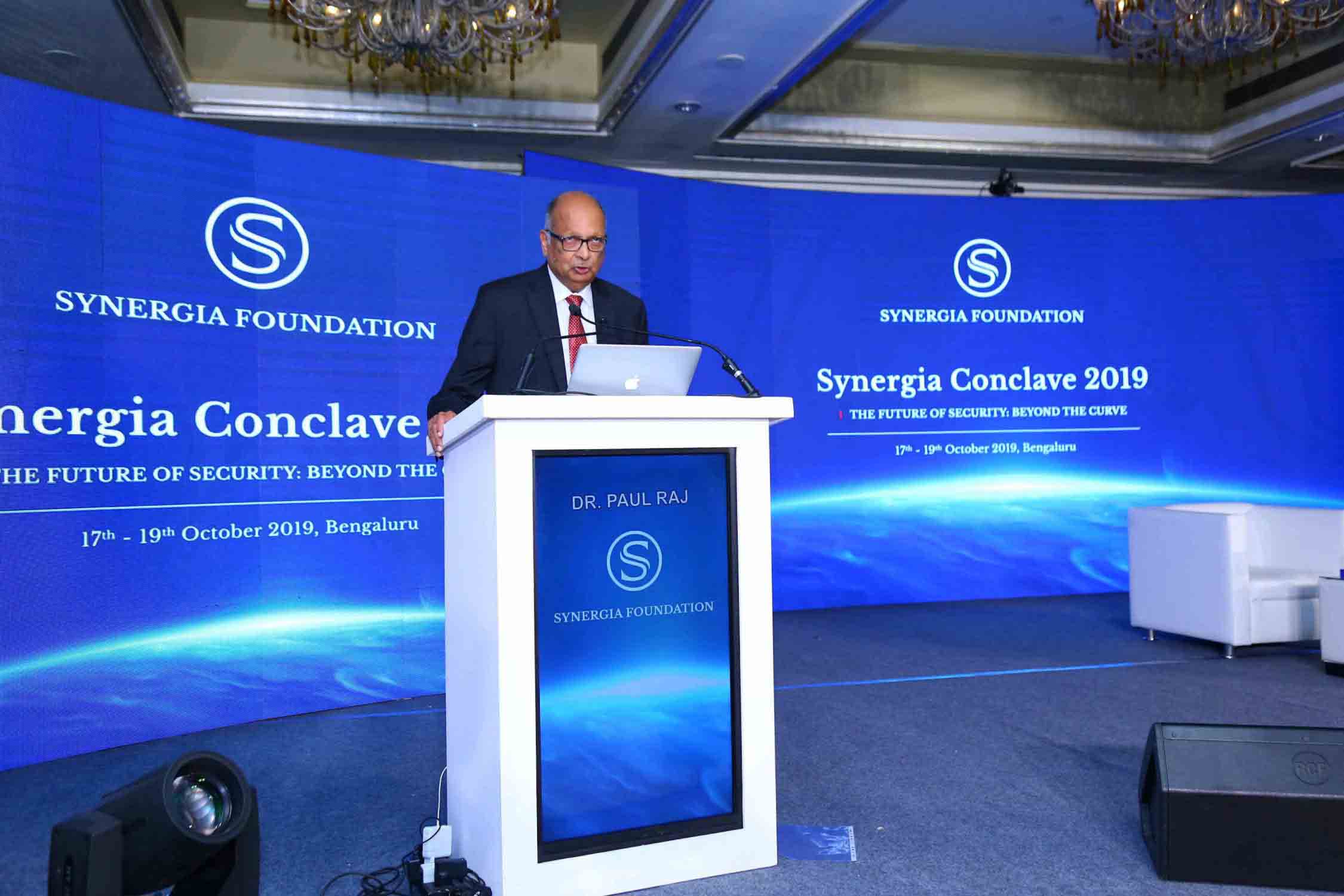Industry 4.0 – Promise and Vulnerabilities
November 20, 2019 | Expert Insights

Background
'Intelligent Connectivity' riding on the superhighway of 5G will enable a congruence of mobile edge computing, IoT, AI, automation, robotics, VR, etc. will, in turn, accelerate machine learning, lead to even greater automation and improved decision-making. But concurrently, a new set of vulnerabilities and risks arise. Therefore, cyber infrastructures under design must close these vulnerabilities.
Analysis
5G, which comes on top of 2G (basic phones), 3G (features phone) and 4G (smart & high specs phones) will offer a significant faster form of connectivity. More than just mobile phones, 5G will be supporting other verticals such as industry 4.0, smart manufacturing, intelligent vehicles, intelligent transportation and more. Countries will have to get these verticals aligned in order to successfully introduce 5G. 5G is trying to change the nature of wireless and improve it with enhanced mob broadband, ultra-reliability and low latency. The problem with present-day systems is their latency that is not compatible with smart cars, sensitive machinery and smart drones.
Dr Paulraj warned that countries that lag behind in deploying 5 G stand to lose. He described how “China has already begun deploying 5G in a big way and the United States has also started the rollout. However, in 5G, China will be ahead of the United States and that is a cause of concern for Washington”. By 2020 China would have completed massive deployment of 5G. China and the US are following slightly different technological paths as a result of which the US rollout is slower by almost 2-3 years. This shows the progress made by China as it was the US that led in 4G. Chinese and South Korean smartphone companies have already introduced their 5G phones in the market but no US mobile company has yet started any sale of 5G devices.
China has displayed its ability to absorb the latest technology before its peers. For example application of artificial intelligence (AI is much wider in China than anywhere else even though the big ideas regarding this technology came from United States and partly from Europe.
AI is “highly transformative and often worrisome.” Not only will it change the way we work and live, but it may also start replacing human beings in certain jobs. The loss of jobs would be one of the big problems that AI might usher in the near future. While previous industrial revolutions too may have resulted in the decrease of low skilled jobs but they concurrently created new high-skilled jobs. However, this may not be the case with AI.
There are many vulnerabilities when it comes to cybersecurity. Some of them are in Border Gateway Protocol, Domain Name Servers, Certificate Authority and more. “Industry 4.0 will bring lots of vulnerabilities and that is a cause for concern,” Dr Paulraj said. He also said that 5G will inherit 4G vulnerabilities. Additionally, he said that “IOT devices are going to be very easy to penetrate, very insecure and we will have to somehow deal with it.”
Today we do not have solutions for all vulnerabilities in cyberspace. Perhaps, as they evolve, we will be able to create systems to manage them. What can be done with immediate effect is to apply cybersecurity protocols and practices from individuals to enterprises to governments to mitigate the damage from cybersecurity breaches which are bound to take place.
He left the audience with a final thought – “Unfortunately the bad guys are winning and it is going to get a lot worse before it gets better.”
Assessment
- 5G may revolutionise the way we look at the congruence of internet and mobile telephoning as this revolution will not be confined merely to buying a better smartphone. It would involve a complete change of lifestyle and upgradation of our entire ecosystem to exploit the immense power of this superhighway.
- A world enamoured with high technology neglects its social impact on the less fortunate members of the society. AI and 5G along with machine learning will render humans redundant in many professions, especially those that demand repetitive manual work. States must prepare alternate opportunities for such persons to avoid social disruptions.
- Unless the new technology creates greater overall prosperity whose fruits can be enjoyed by all, there will be greater turmoil and distress in the world. The policymakers must heed this timely warning of Dr Paulraj.








Comments